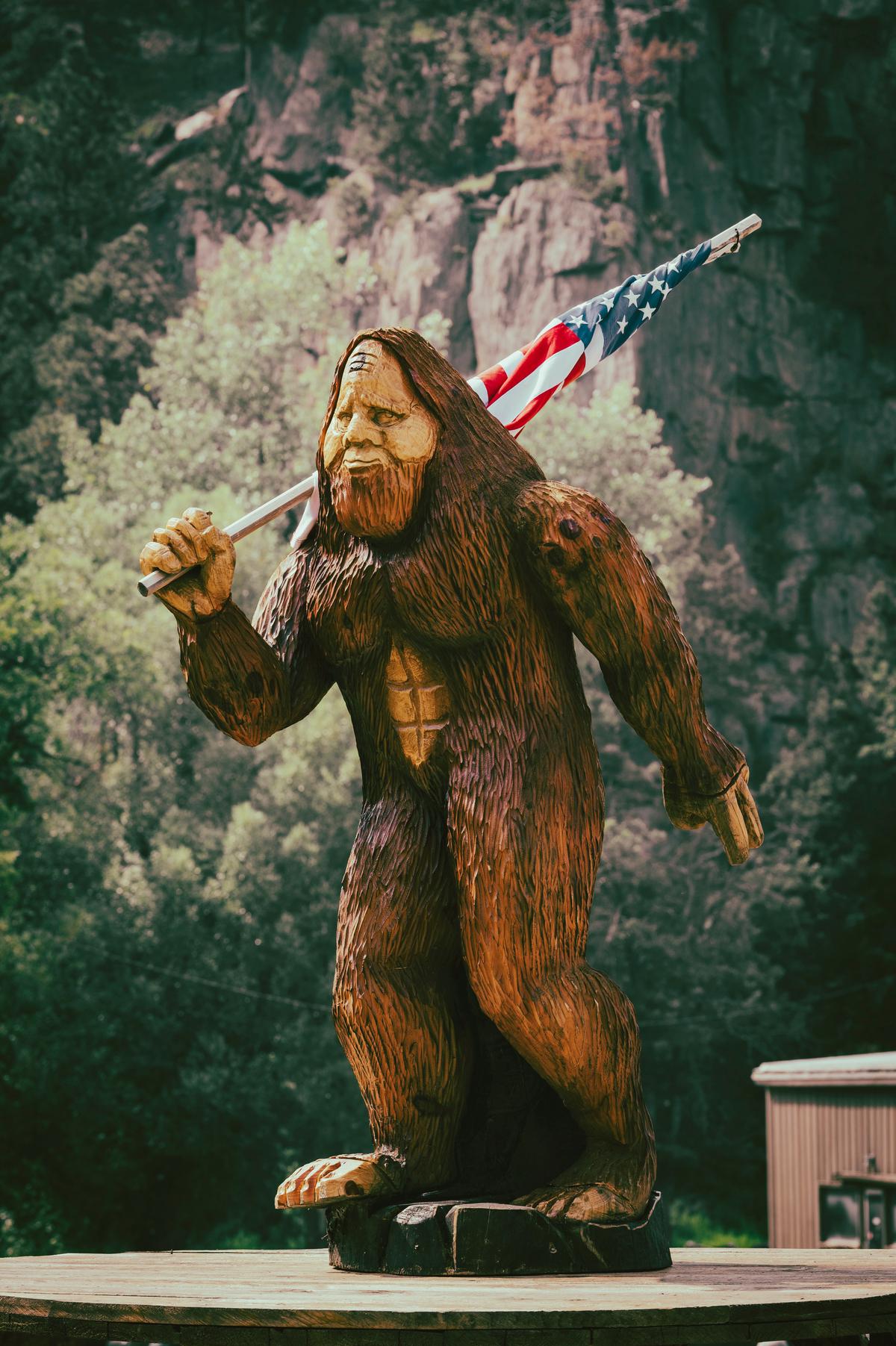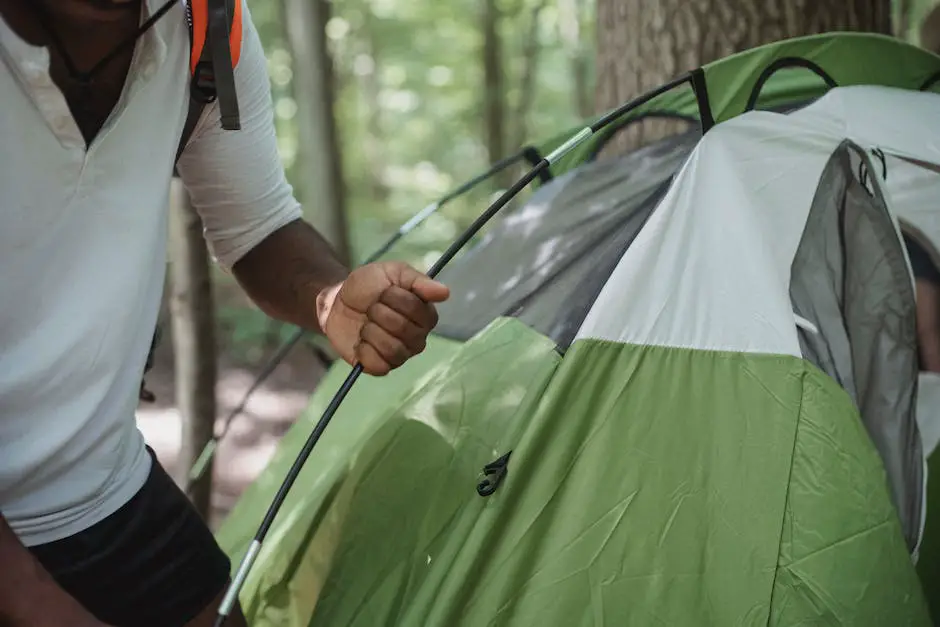In the deep-green wilderness of the North American backwoods, the figure of Sasquatch looms large in the imagination. This fascination towards this legendary humanoid creates an exciting and adventurous twist on traditional camping vastly enriching the overall experience. Our investigation delves into a balanced blend of Sasquatch mythology and crucial camping skills. Understanding the different cultural perceptions and hypothesized behaviors of Sasquatch, based on scholarly articles, documentaries, and firsthand accounts, will add authenticity to the immersive camping narratives. Furthermore, mastering essential skills such as setting up a tent, building a fire, and staying safe from wildlife, compounded with acquiring the necessary equipment for camping, ensures the expedition’s safety and comfort aside from its mythical appeal.
Understanding Sasquatch Myth and Behavior
Understanding the Sasquatch Myth
Sasquatch, colloquially known as Bigfoot, is a cryptid—an entity whose existence or survival is disputed or unsubstantiated—believed to inhabit remote parts of North America. According to popular folklore, Sasquatch is a large, hairy, bipedal humanoid creature. As a figure of interest, Sasquatch has its roots entrenched in Native American mythology. Different tribes have diverse representations of this creature, ranging from a benign and elusive hermit to an intimidating predator.
Reported Sightings of Sasquatch
Over centuries, sightings of mysterious beasts resembling Sasquatch have been reported across the United States and Canada, particularly in the Pacific Northwest region. These reports often describe a large, ape-like creature, standing over 7 feet tall and covered in dark, thick fur. Alleged visual encounters are usually accompanied by oversized footprints, peculiar noises, or unexplained physical phenomena in the wilderness. However, the legitimacy of these sightings remains vastly debatable due to lack of empirical evidence.
Hypotheses on Sasquatch Behavior
From an analytical perspective, most hypotheses on Sasquatch behavior suggest that this creature is largely nocturnal, elusive, and prefers to stay in uninhabited, densely forested areas. It is proposed that Sasquatch are omnivores, consuming a diet of both plant-based and animal-based food sources. Some accounts suggest that they are highly curious about human behavior and may approach campsites or human settlements when undisturbed, placing them into the category of intelligent and inquisitive beings.
Sasquatch in Different Cultures
The depiction of Sasquatch varies extensively among different cultures. While some view the creature as a symbol of wilderness and freedom, others perceive it as a harbinger of doom. In Native American cultures, Sasquatch often features in stories and rituals as potent spiritual beings. On the other hand, popular culture predominantly portrays Sasquatch as a subject of hoaxes or the star of horror and adventure fiction.
Campsite Etiquette with Sasquatch
When camping in areas known for Sasquatch sightings, some enthusiasts suggest maintaining a respectful distance from any possible Sasquatch and leaving no impact on their potential habitat. This includes minimizing noise pollution, appropriately disposing of food waste, and refraining from attempts to lure them. Advocates believe these measures respect Sasquatch’s supposed preference for solitude and discretion.
Whether you believe in Sasquatch or not, adopting these principles will enhance your camping experience by promoting respect for nature and curiosity about the mysteries it still contains.

Photo by jonmsailer on Unsplash
Essential Camping Skills and Equipment
Essential Skills for Camping with Sasquatch
Any camping trip requires a solid foundation of camping skills, from setting up a shelter to navigating around harsh terrains. Having the right equipment and knowing how to use it is equally crucial.
Proper Tent Set-Up
To start, knowing how to properly set up a tent is imperative for a safe and comfortable camping trip. A tent should be placed away from overhanging trees and on a relatively flat surface. Always attach all ropes and pegs, so that your tent stands firm even in heavy winds.
Fire Building Techniques
Building a fire is another important skill to have. First, construct a fire pit by digging a hole and surrounding it with rocks or logs, if available. Gather dry wood and leaves to use as kindling and fuel for the fire. It’s best to have three different sizes of wood: small twigs for kindling, medium sticks for sustaining the fire, and larger logs for burning over longer periods.
Water Source and Purification
Water is a critical component for any camping trip, and knowing how to find and purify it can literally mean the difference between life and death in the wild. Look for running water, as still water can be a breeding ground for bacteria and parasites. Water can be purified using various methods, from boiling over a campfire, using water purification tablets, or utilizing a portable water filter.
Outdoor Cooking Methods
Cooking outdoors can be both a fun and rewarding experience. Often, the simplest method is to cook over an open fire. It’s important to bring a lightweight, flame-resistant cooking pot for boiling water or making stew. Other cooking methods, such as grilling or using a portable camping stove, may also be utilized based on personal preference.
Wildlife Safety Tips
When camping in Sasquatch territory, staying safe from wildlife is paramount. Avoid attracting animals to your campsite by storing food and waste properly. Bear canisters are an excellent way to protect your food supply from curious critters. Remember, Sasquatch is often described as a shy and elusive creature, so it’s best to avoid drastic attempts at contact.
Essential Camping Equipment
Having the right equipment can make a world of difference in your camping experience. Quality, lightweight gear is the ideal choice to ensure comfort without adding additional strain on your trek.
Sturdy Tent
A sturdy tent is among the most crucial pieces you’ll be needing, offering protection from the elements and potentially nosy wildlife. Opt for tents that are easy to set up and break down, and be sure it’s large enough for all campers plus gear storage.
Insulated Sleeping Bag
Keeping warm during the cool nights is another essential need. A durable, insulated sleeping bag is key. Many now come with helpful features like backpack straps for easy transport or compartments for holding personal items.
Compact Cooking Utensils
Cooking utensils are a must for anyone trying to prepare food outdoors. Compact, lightweight utensils that are easy to clean and pack away are best. Pot-stand combinations and folding cookware are ideal for space saving.
Bear Canisters
Bear canisters aren’t just for bear country – they can be used anywhere animals may be curious about your food. These hard-shell, odor-blocking containers are crucial for protecting your food supply and keeping animals away from your campsite.
Tips for Camping in Sasquatch Territory
Camping in Sasquatch territory is more about being prepared for a regular camping trip and less about expecting a mythical creature encounter. By knowing the right skills and having the right gear, your adventures will be safer and more enjoyable.

Equipped with a well-rounded understanding of Sasquatch folklore and practical camping skills, the ultimate wilderness experience lies ahead, ripe for the venture. By studying Sasquatch mythology, understanding its supposed behavior patterns, and aligning these studies with various cultural perceptions gathered from multiple sources, we have provided a comprehensive roadmap for this thrilling camping adventure. Add the elemental camping skills and equipment knowledge to this mix and thrill of deeploring the elusive Sasquatch country safely and comfortably becomes palpably real. Whether it is the rustle in the underbrush, the sudden snap of a twig or a shadowy silhouette in the moonlight, every small occurrence and sound gets a new dimension, making the expedition an unforgettable experience like no other.
